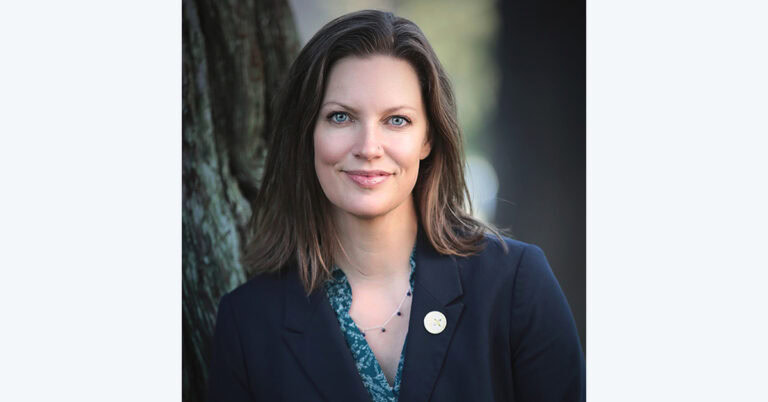Deputy Director
Scripps Research Institute Achieves Milestone with First Artificial DNA Base Pairs
May 20, 2014 | CCST Newsroom | Contact: M. Daniel DeCillis

A team of scientists at The Scripps Research Institute (TSRI) in La Jolla have succeeded in engineering a life form whose genetic material includes an added pair of DNA bases not found in nature. The specially designed bacterium has demonstrated the ability to replicate the artificial DNA bases normally, marking the first known departure from the two pairs of DNA bases that have served to encode genetic information for all the life that has been known to exist on the planet.
“Everything in the world, all of the biological diversity we see, comes from this four-letter ‘alphabet’ [adenine-thymine and cytosine-guanine, or A-T and C-G],” said TSRI Associate Professor Floyd Romesberg, who led the research team. “This has been the case for life as far back as we can determine, which raised the question of whether these are the only base pairs possible. Can we store more information? The answer is apparently yes.”
Genetic information is encoded as sequences of base pairs; the human genome, for example, consists of approximately three billion DNA base pairs – all either A-T or C-G. In order to add new DNA bases, it was necessary to find two that would form a pair with an affinity comparable to that of the natural base pairs. The new bases also needed to line up stably alongside the natural bases in a zipper-like stretch of DNA, and would be required to unzip and re-zip smoothly when worked on by natural polymerase enzymes during DNA replication and transcription into RNA. In addition, the new bases needed to avoid being targeted by natural DNA-repair mechanisms.
The new base pair formed between two molecules known as d5SICS and dNaM expands the potential range of information which can be stored in DNA, and in principle, could code for proteins and organisms that have never existed before.
“While the conceptual question of this project has significant interest, the creation of viable cells with additional base pairs is also potentially useful,” noted Romesberg. “For example, cells can be used to produce proteins for medicinal drugs. Like life itself, those proteins have a potential range of properties which is circumscribed by the limits of the naturally occurring base pairs. Being able to add additional base pairs extends that range of properties.”
The ability to biologically create a wider range of custom proteins has generated strong interest from the private sector. Biologically expressed proteins comprised approximately two thirds of new drugs in 2013. Romesberg and his team have raised venture capital and created a startup company around the burgeoning research, and pharmaceutical companies have expressed interest in partnering with the new company for the development of therapeutics. However, it is unclear whether existing state and federal policy frameworks will pose any obstacles to the use of artificially created DNA. Romesberg’s laboratory has worked to ensure that the modified organisms would not be able to survive outside the lab, but there is some concern about public reaction.
While it has taken fifteen years for Romesberg’s team to reach this point, the next steps should take much less time. Romesberg anticipates that his laboratory will be able to demonstrate the in-cell transcription of the new, expanded-DNA alphabet into the RNA that feeds the protein-making machinery of cells within a year.
“Synthetic biology has significant potential for the future,” said Romesberg. “The breakthrough that my team and I have accomplished here brings us one step closer to an expanded-DNA biology with many exciting applications.”




